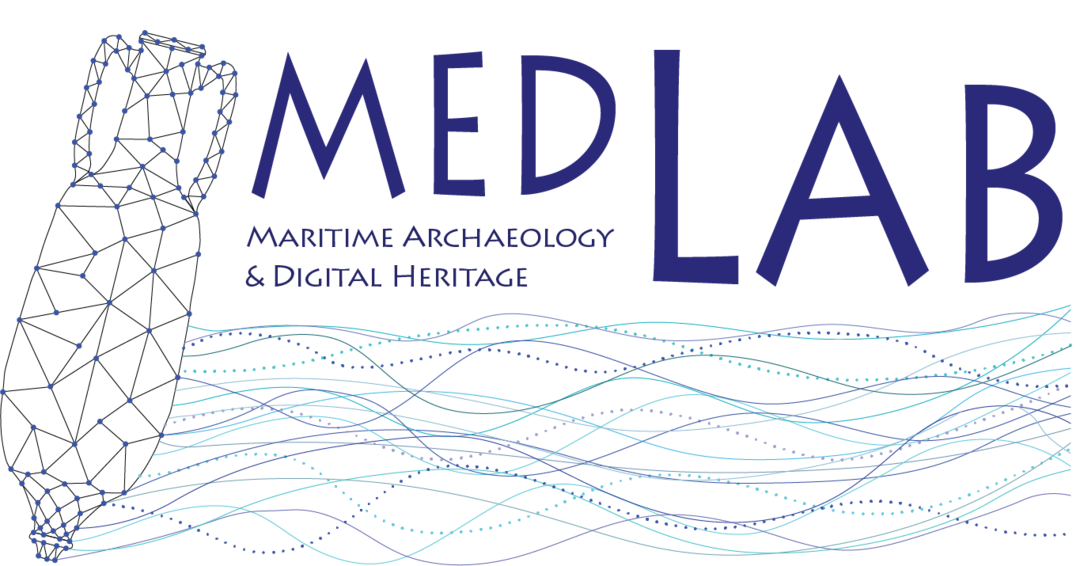Capacities
Maritime Archaeological Survey & Excavation

Stanford researchers have the opportunity to develop scientific diving skills locally through collaboration with the university’s Hopkins Marine Station, but the fieldwork supported by the lab primarily takes place overseas: in Sicily, Turkey and beyond. These major underwater and coastal archaeological projects depend on equipment maintained and stored both in-country and back in the lab. Infrastructure and equipment range from excavation tools including compressors and dredges, to dive gear and underwater cameras, to the many and varied supplies for the recovery and conservation of finds, as well as a wide library of research and reference materials on maritime archaeology in the Mediterranean and elsewhere. According to our permitting agreements with local governments, all archaeological artifacts remain in their country of discovery.

Ceramic Compositional Analysis

The lab enables compositional analysis of ceramics, which team members have undertaken as part of various field and museum-based projects around the Mediterranean. This includes petrography, supported by a Zeiss Axioscope A1 polarized light microscope with Axiocam for digital imaging, and portable X-ray fluorescence (pXRF) analysis, conducted using a Bruker Tracer III. Also available are tools for digital imaging of fabrics (Dinolite USB microscope) and for collecting and processing clay samples that can be fired in the Archaeology Center’s small kiln, along with an extensive library of reference works on transport amphoras and other ancient Mediterranean ceramics. Current projects include analysis of local ceramic production across the Datça (Knidos) peninsula, the cargo and galley wares from the Archaic Pabuç Burnu wreck, the long-term development of Cypriot basket-handle amphoras, and the late Roman amphoras from various shipwreck and port contexts off the coasts of Turkey and southeast Sicily.

3D Documentation & Analysis

A key part of the lab’s work centers on the 3D documentation and analysis of archaeological and heritage objects, features and sites. Equipment, software, and space are available for capturing data using different technologies, from digital photogrammetry and structured light scanning (Artec Eva) of smaller objects to laser scanning of larger structures (Faro S70, through collaboration with our partner Brock University). Supporting the processing and analysis are laptops and lab licenses for relevant common software (Metashape, Rhino, Geomagic Wrap, Faro Scene, etc.) as well as space and photographic tools to capture models of small objects within the lab for both teaching and research. Most recently, lab members have been employing such models of ceramics and architecture to explore new methods of computational morphological analysis.

Spatial & Social Network Analysis

To study the maritime and other dynamic spaces and networks of interaction that marked the ancient Mediterranean and neighboring worlds, lab members engage in a variety of analyses using geographic information systems (ArcGIS), social network analysis (Gephi), and agent-based modeling (Mesa). Recent and current projects have explored social networks of ceramic distribution and consumption in the southeast Aegean; dynamics of interconnections across the Red Sea and Indian Ocean world; the role of shipwrecks as nodes for communication and exchange; the emergence and development of port geographies and topographies; methodologies for mapping the complex movements across dynamic marine environments (winds, currents, hazards); alternate ways of knowing and experiencing different marine spaces; and legal and structural barriers to mobilities across these spaces.


